QuarkNet Data Portfolio
A collection of proven instructional activities developed around data strands that help students develop an understanding about how scientists make discoveries.
The Data Portfolio organizes activities by data strand and level of student engagement. Activities differ in complexity and sophistication—tasks in Level 1 are simpler than those in Levels 2 and 3. While each level can be explored individually, students that start in one level and progress to more complex levels experience increasingly engaging and challenging tasks. Teachers select activities to offer a learning experience of an appropriate length and level for their students.
A collection of proven instructional activities developed around data strands that help students develop an understanding about how scientists make discoveries.
The Data Portfolio organizes activities by data strand and level of student engagement. Activities differ in complexity and sophistication—tasks in Level 1 are simpler than those in Levels 2 and 3. While each level can be explored individually, students that start in one level and progress to more complex levels experience increasingly engaging and challenging tasks. Teachers select activities to offer a learning experience of an appropriate length and level for their students.
| Activity Name | Data Strand | Level | Curriculum Topics | NGSS Practices | Topic | |
|---|---|---|---|---|---|---|
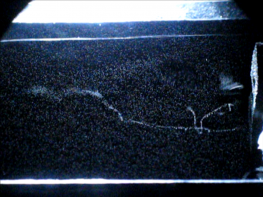
|
Making Tracks I Students analyze tracks in a cloud chamber. |
|||||
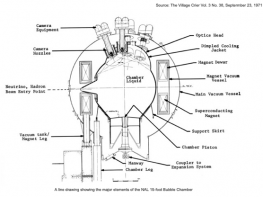
|
Making Tracks II Students analyze tracks in a bubble chamber. |
|||||
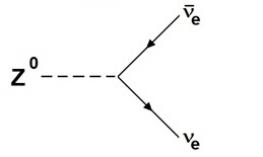
|
Particle Transformations Students discover the rules of particle transformations using transformation diagrams. |
|||||
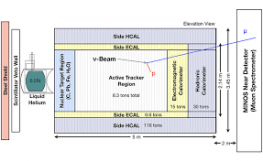
|
Mean Lifetime Part 3: MINERvA Students collect data from muons which decay in the MINERvA detector in the Fermilab NuMi beamline to understand particle decay and determine the muon lifetime. |
|||||
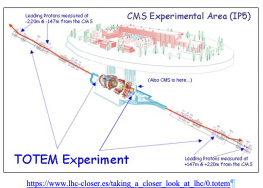
|
TOTEM 1 Students use TOTEM data to determine if protons (quantum objects) obey classical conservation of momentum. |
|||||

|
Introduction to Coding Using Jupyter Students will learn the basics of coding using Jupyter style notebooks. |
|||||
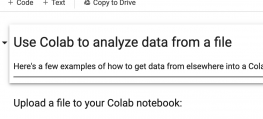
|
Research Using Coding This activity provides techniques for guiding students doing an independent research project.
|
|||||
|
|
Calculate the Z Mass Students use conservation laws and vector addition to calculate the Z mass from event displays. |
|||||
|
|
Z Mass Spreadsheet Extension Students use spreadsheet coding to determine the Z Mass for a large data set. |
|||||
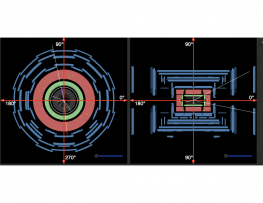
|
Angles and Dimuons This activity is based on the data analysis used for World Wide Data Day, |